Art of war
Updated: 2015-07-14 07:43
By Lin Qi(China Daily)
|
||||||||
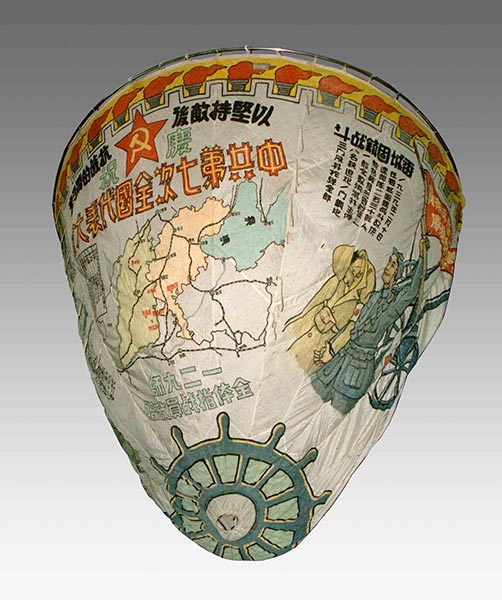 |
|
A parachute turned into a painting collected by Eighth Route Army soldiers from a Japanese military plane they brought down in 1939.[Photo provided to China Daily] |
Exhibitions highlight the tragedies and lingering horror of the War of Resistance against Japanese Aggression, Lin Qi reports.
Two exhibitions that bring both historical and artistic depth to reflections upon wars opened at China's top museums on July 7. That date marks the "July 7 Incident of 1937", the start of the Japanese army's full-scale invasion of China.
War and Art, underway at the National Museum of China, looks back on how painters, writers, photographers and filmmakers-although embracing different political views-united at the dawn of the war 78 years ago. They created works to motivate patriotism and resolve against aggression.
The exhibition includes five parts. The displayed pieces come from the museum's collection of relics, publications, newspapers, photos and other documents from the War of Resistance against Japanese Aggression (1937-45).
Among the hundreds of items is a parachute turned into a painting.
It was collected by Eighth Route Army soldiers from a Japanese military plane they brought down in a village in Shanxi province in 1939. They painted images of the Great Wall, red torches and war scenes, and they wrote on it descriptions of fierce battles they'd faced against the Japanese in the previous two years.
They presented the colorful parachute as a gift to the Eighth Communist Party of China National Congress, held a few months before the end of the war in 1945.
A special section is dedicated to the artworks of Liang Youming (1906-84), a painter who served in the Kuomintang army during wartime. Liang, together with his twin brother and elder brother, were influential painters in the early 1920s. Liang was later chief editor of a pictorial at the Huangpu Military School in Guangzhou.
On show are his many ink-and-wash paintings that depict civilians' sufferings and loss. The highlight is a watercolor series portraying several fierce clashes between Chinese and Japanese air forces.
At times when people rushed to the air-raid shelters in Chongqing, the wartime capital, Liang risked his life to observe and sketch how Chinese airmen fought.
"He showed these drawings to pilots," says Liang Zhengjun, the painter's son. "They said: 'There is no way that the planes you drew could fly.' So he studied aerodynamics and aviation mechanics to make his paintings sensible and vivid in detail.
"Then some other people commented that the planes in his paintings could not actually fight because they were not arrayed for a battle. So he made several airplane models and hung them in mid-air in his study. He would climb up or lay on his back to study a battle formation from different angles, and then re-created battle scenes in his paintings," Liang adds.
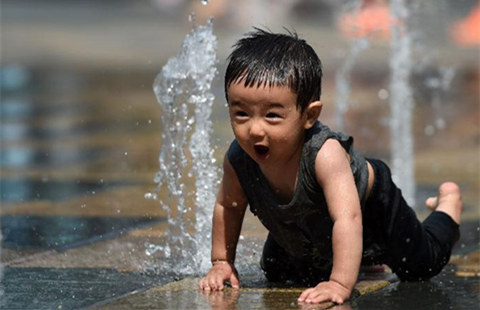
 Beijing roasts in high temperature
Beijing roasts in high temperature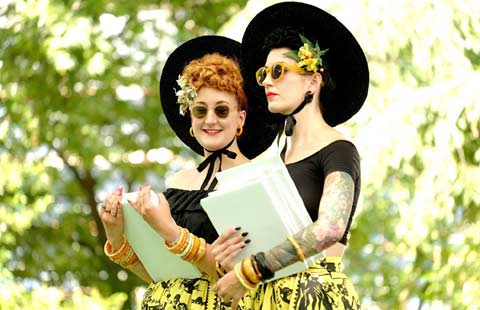
 The world in photos: July 6-12
The world in photos: July 6-12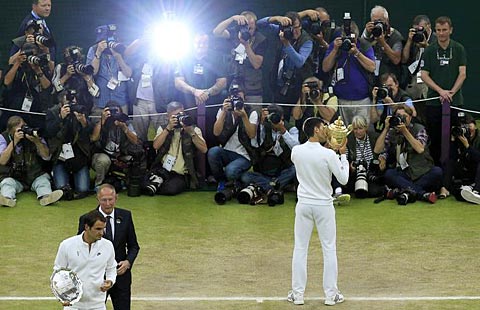
 Djokovic downs Federer to win third Wimbledon crown
Djokovic downs Federer to win third Wimbledon crown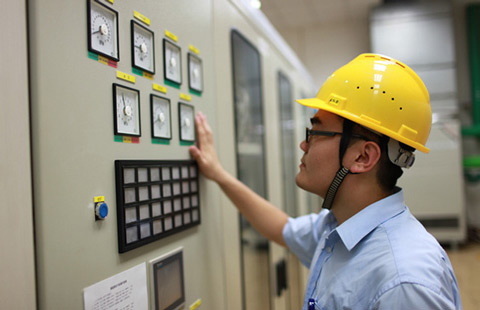
 Top 10 Chinese companies by profit margin in 2015
Top 10 Chinese companies by profit margin in 2015
 No room in the pool
No room in the pool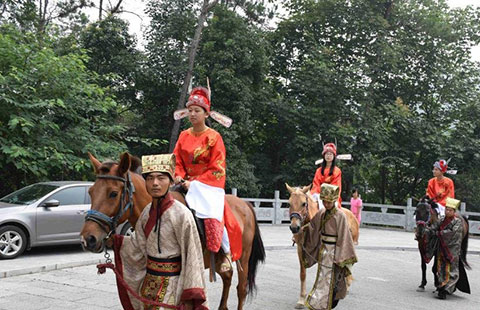
 Top gaokao scholars saddle up for a ride in the park
Top gaokao scholars saddle up for a ride in the park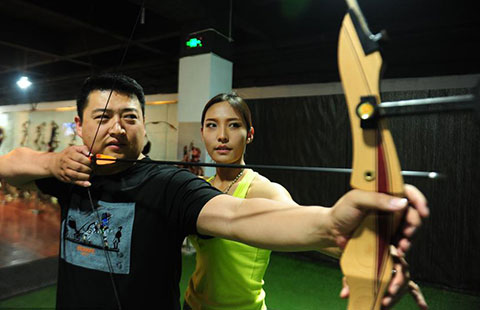
 Girl who shoots straight with bow and arrow
Girl who shoots straight with bow and arrow
 Ten photos you don't wanna miss - July 10
Ten photos you don't wanna miss - July 10
Most Viewed
Editor's Picks

|

|

|

|

|

|
Today's Top News
Mexico: Drug lord 'El Chapo' Guzman escapes, manhunt begins
Lawyers held for 'trying to influence verdicts'
Top court official under inquiry for graft
It is wrong to label illegal immigrants refugees: Opinion
Leaders agree on partnership blueprint
New Development Bank launched in Ufa
IMF keeps 6.8% China growth view
Leaders agree on partnership blueprint
US Weekly

|

|






